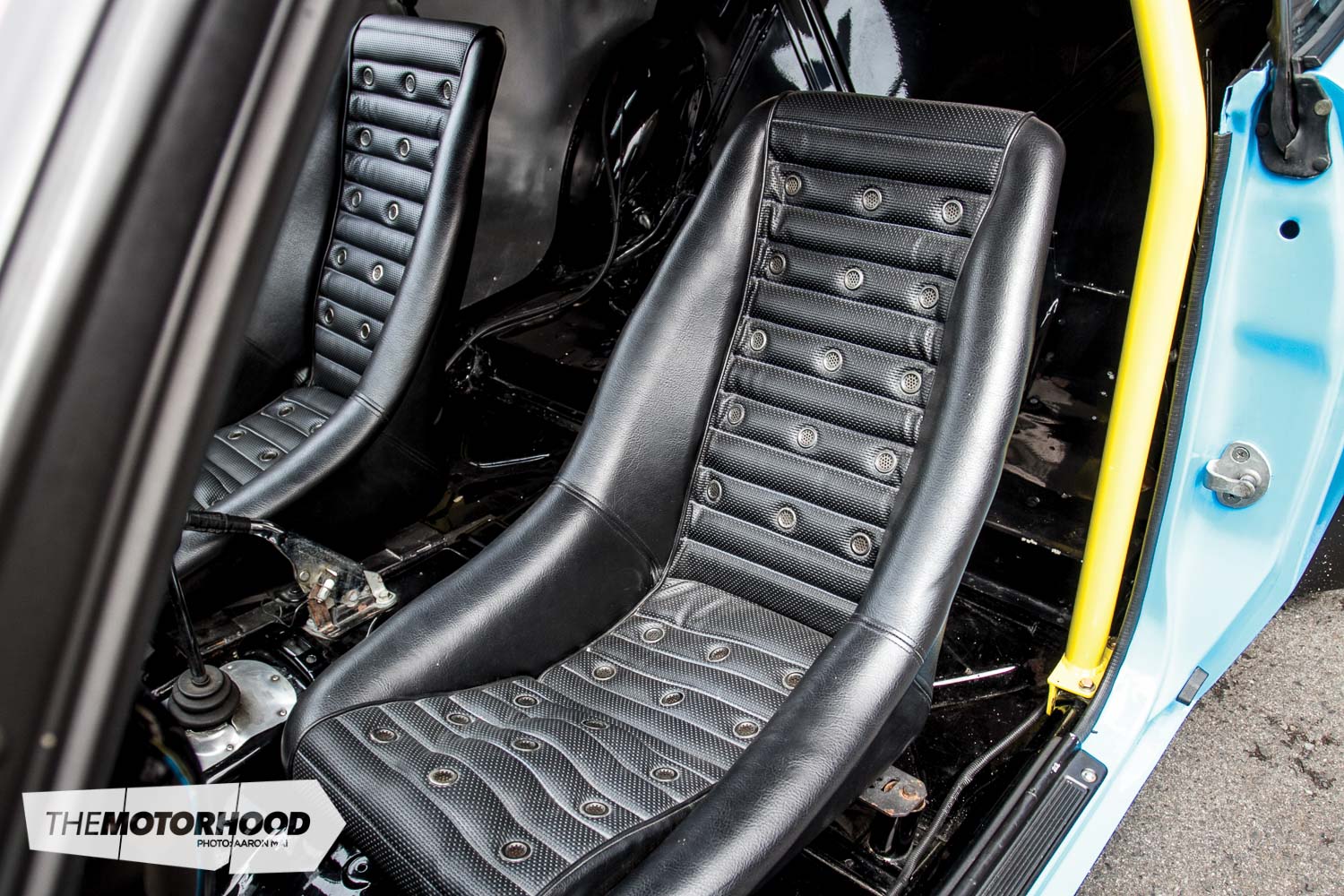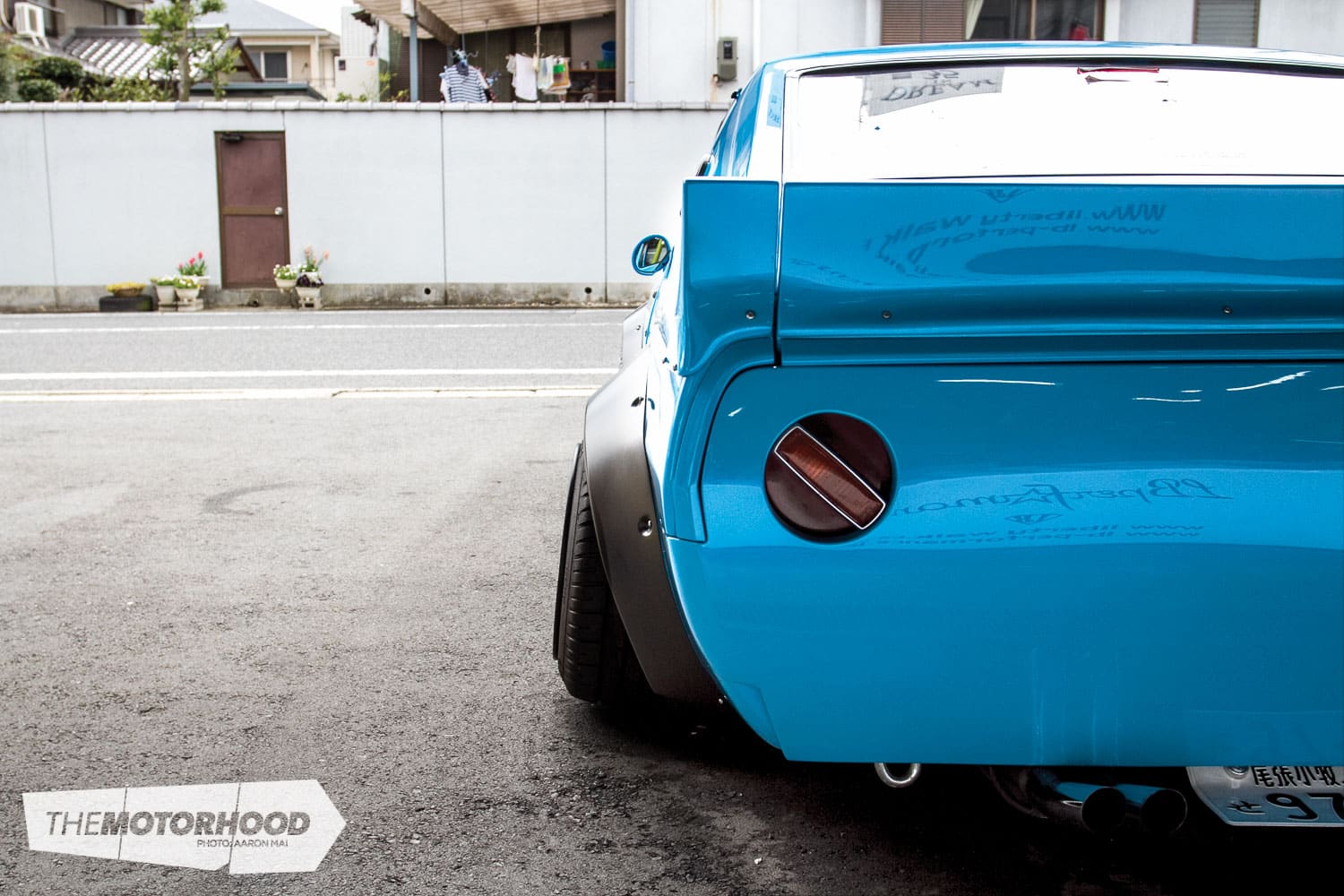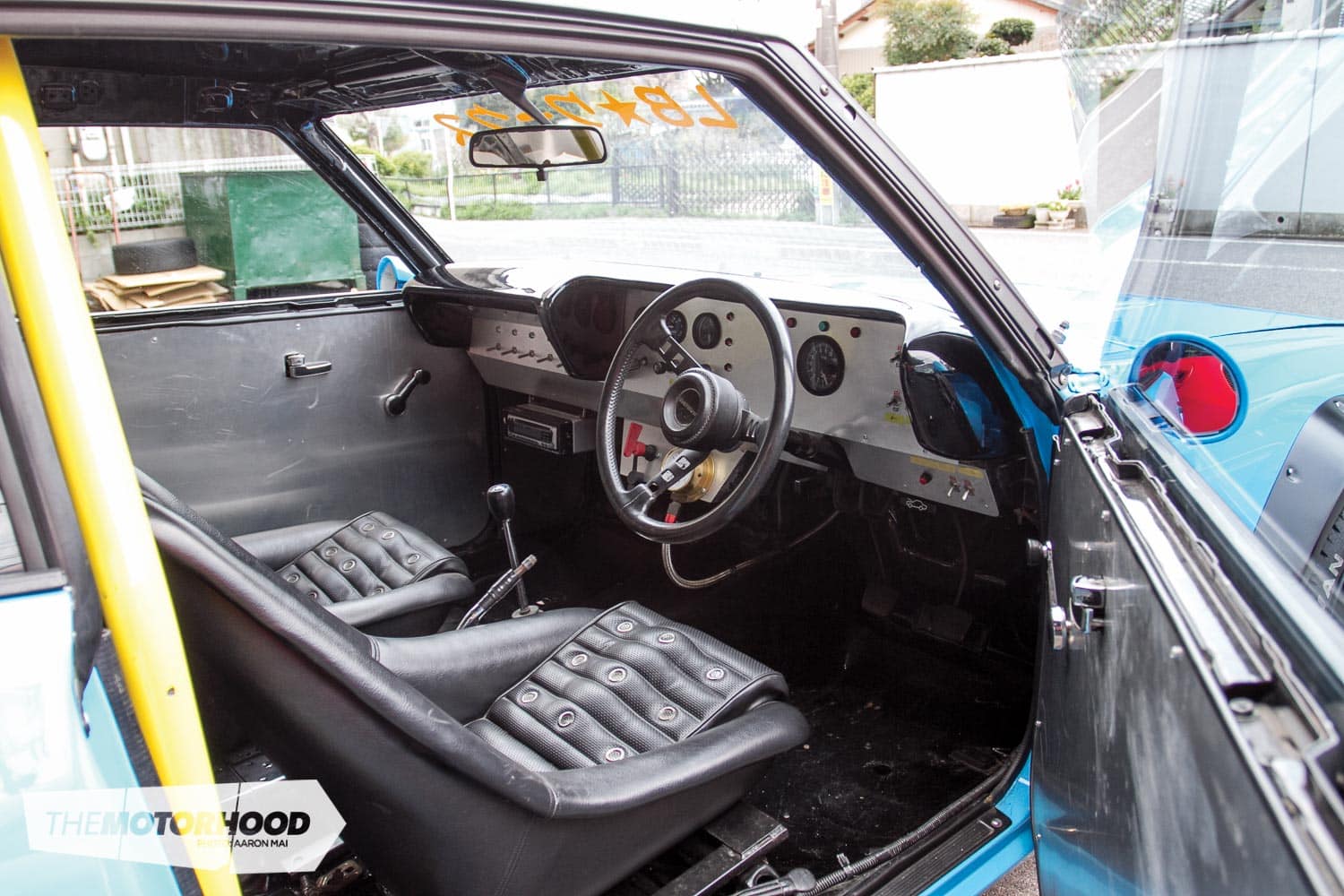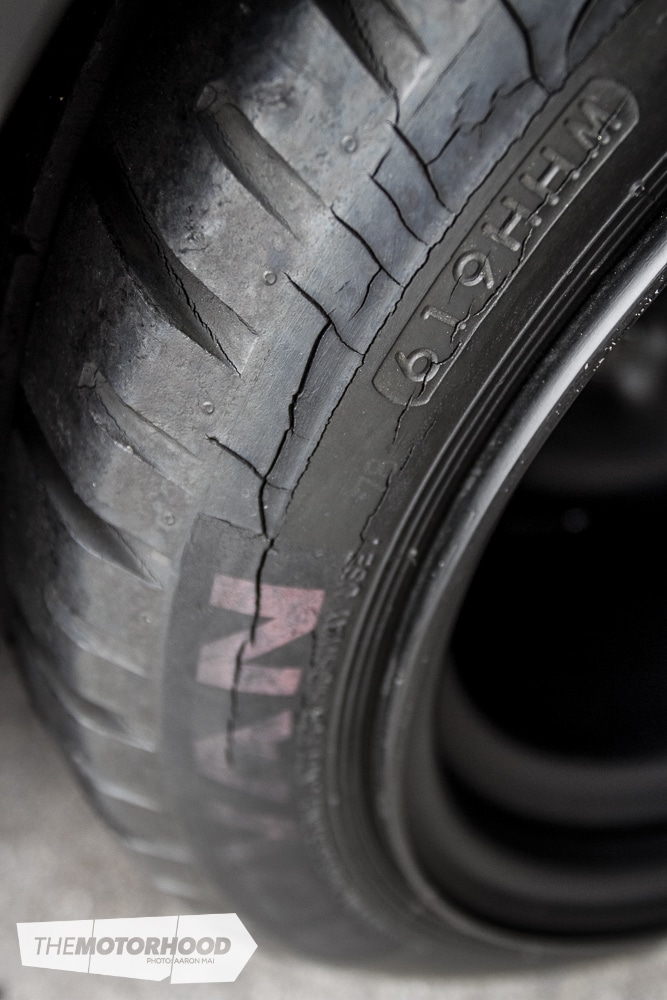
In a country steeped in tradition, culture, and obedience, characters such as Liberty Walk’s Wataru Kato go against the grain and would surely be seen as very much outside the box. But, despite the colourful jeans, gold shoes, and larger-than-life personality, Wataru is about as traditional as it gets when it comes to automotive tuning. Sure, he is well known for creating crazy European supercars with a Japanese twist, but he cut his teeth on classic J-tin icons such as the Fairlady, Hakosuka, and Kenmeri, and, to this day, continues to pursue that passion. Some think he’s bonkers, and others think he’s pure genius, but you can’t for a second deny that Kato-san isn’t brave for cutting up Italian supercars or that the car scene is better off for having his wild creations.

One of his latest achievements is a wild-yet-traditional Kenmeri Skyline that embraces the roots of shakotan, but, for some unknown reason, it feels like a fresh twist on an old favourite.
This GC111 Skyline melts substance into style and, in true Kato-san fashion, has all the little quirky parts of his character infused throughout the build. And, though it is pure shakotan, it doesn’t look out of place in the Tokyo Auto Salon display hall among its younger siblings from the famed Japanese tuning house.

It started out life as a gold-on-green kyusha he had built previously, and, when it was time for Auto Salon to roll around again, he decided it needed something different, something a little bit crazy, and, most importantly, something old school. So, he called up his good friend Mizuno-san from Mizuno Works — after all, if you want an old-school car handcrafted into a work of art, you can’t look any further than Mizuno-san.

The rear was chopped and smoothed out minus its rear bumper, the tail lights were slanted to impart an angry appearance from the rear, up front the headlights have been given the traditional yanki slant, and the car got a heap of the other little crazy things that make shakotan cars so undeniably cool.

The over-fenders are original Mizuno Works handcrafted items, the widest on offer, and a three-piece ducktail rear spoiler and a bucktooth front spoiler give the ends of the body an edginess that few others can pull off. All these traits are as traditional as it comes, but, for the final colour, Kato-san went with an ice-blue pearl, which is actually a blue pastel with a heavy dose of blue flake throughout to really make the paintwork pop. Clearly, this Kenmeri isn’t just out looking for a sideways glance — it wants your undivided attention.

If the wild bodywork hasn’t secured your notice then the ride height certainly must. It sits only five millimeter off the ground thanks to special Mizuno Works 92mm short-stroke dampers with specially selected springs that make sure the Kenmeri doesn’t self-destruct when it’s driven over winding Nagoya streets. The car’s five millimeter ride height is specifically set for shows, although, as per Kato-san style, it is unlikely to be altered, because looks are everything in the shakotan world.

The super-deep widened steelies measure 14×10-inches up front and 14×13-inches at the rear, and their size meant that his only rubber option was original old-school Advan racing wets in 225/525R14 for the front and 245/525R14 for the rear. They’re not the easiest tyres to get your hands on nowadays, and, due to their age, all the cracks are proudly on show thanks to the heavy dose of stretch, which is of utmost importance for a shakotan build.

Indoors, the car retains all the original things you would expect to find. The stripped vintage-racer feel jumps out at you and comes courtesy of a period-correct Datsun competition steering wheel, aluminium-sheet door cards to replace the factory ones, and a custom-built aluminium dash panel that is home to only the necessary instrumentation — revs are the main thing Kato-san is worried about, so there’s a tacho but no distracting speedometer. This car wouldn’t be traditional yanki shakotan if it didn’t have a Mizuno Works half cage in bright yellow and original Datsun sport bucket seats, which are undoubtedly the things that a Nissan enthusiast’s dreams are made of. Tucked away on the rear parcel shelf, there’s a set of Carrozzeria speakers that may look a little out of place, but they perfectly fit the style and add flair to the build.

The final and most important piece of the puzzle is the angry and very noisy heart of the car. Kato-san had Mizuno Works go all out on the L28 that powers the GC111. The bottom end was given a longer-stroke LD28 crank, I-beam rods, and AS Watanabe 89.25mm forged pistons to up capacity to 3.1-litres. Compression has also been increased. Up top, the L28 head has been hand polished to aid flow into the combustion chambers along with the intake manifold and exhaust ports. Breathing comes via triple Mikuni 44mm carburettors mated to specially chosen velocity stacks, and the final result is a perfect balance of low-end torque and top-end power. Finally, the front grille has been gutted to make way for the front-mounted oil-cooler piping that feeds back through onto the engine.

With any true shakotan, it is all about the noise, a raspy, unadulterated scream that comes via a set of stainless-steel headers with no exhaust. The headers, known as ‘octopus legs’, are responsible for the eardrum-shattering straight-six sound.

At no stage in his tuning career has Kato-san ever sought anyone else’s appreciation for his cars. He is a true purist builder, who does exactly what makes him happy. He simply is out to create cars that inspire him to continue on his tuning path, and, in the process, certainly puts smiles on the faces of all who get to see his creations.

This Kenmeri sports a ride height that would scare many and an engine note that would wake the dead: it is the perfect example of a modern shakotan that embraces all the best things about the glory years of Japanese tuning and will quite easily still steal the spotlight away from any of its modern counterparts, no matter where it ends up or what Liberty Walk exotic it’s parked next to outside the shop.
This article originally appeared in NZ Performance Car Issue No. 232. You can pick up a print copy or a digital copy of the magazine below:























